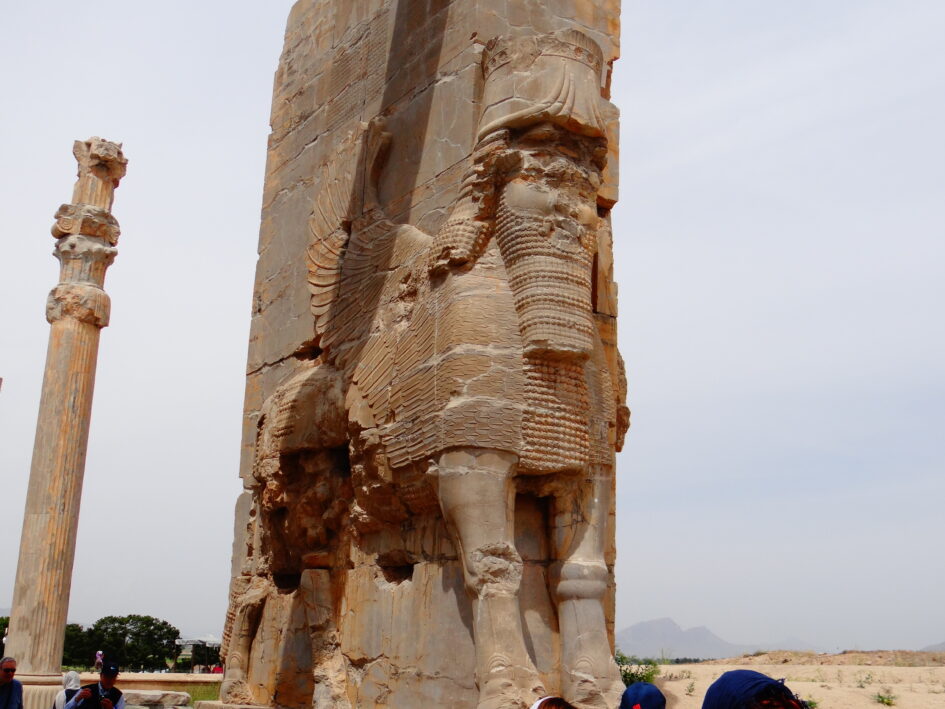Persepolis and Necropolis: Witnesses to Ancient Persia’s Glory
Persepolis: Ceremonial Capital of the Achaemenid Empire
Founded in 518 BCE by Darius the Great, Persepolis served as the ceremonial capital of the mighty Achaemenid Empire. This architectural marvel took over 150 years to complete, with successive rulers Xerxes I and Artaxerxes I adding new palaces and structures.

Persepolis’ historical significance:
- Architectural masterpiece – Built on a 125,000 m² artificial terrace featuring the monumental Grand Stairway and Apadana (audience hall)
- Administrative heart – Received delegations from 28 conquered provinces bearing tribute
- Symbol of tolerance – Bas-reliefs depict diverse nations in their traditional attire
Persepolis met its demise in 330 BCE when Alexander the Great burned the city in retaliation for Xerxes’ destruction of Athens. The ruins lay forgotten until their rediscovery in the 17th century.

Naqsh-e Rustam: Royal Necropolis
Just 12km from Persepolis lies Naqsh-e Rustam – the ancient royal burial site. The dramatic rock-cut tombs house:
- Darius the Great (522-486 BCE)
- Xerxes I (486-465 BCE)
- Artaxerxes I (465-424 BCE)
- Darius II (423-404 BCE)
Each tomb features a cross-shaped facade carved into vertical cliffs about 50 meters high. Below them, Sassanid-era reliefs (224-651 CE) depict battle scenes and coronations.

Guided Tour Experience ($30)
A half-day tour with English-speaking guide offers the best insight:
- Persepolis – 2-3 hours exploring with historical context for each structure
- Naqsh-e Rustam – 1 hour discovering tomb histories and reliefs
- Includes: Transportation, water, and expert guidance

Fascinating Facts & Tips
- Ancient engineering – Stone blocks were joined without mortar using metal clamps
- Lost treasures – Alexander looted 12,000 talents of gold and silver
- Best time – Visit early morning or late afternoon to avoid extreme heat
- Attire – Comfortable shoes and head covering are essential
Persepolis and Naqsh-e Rustam aren’t mere ruins – they’re powerful testaments to ancient Persian ingenuity and grandeur, best appreciated with knowledgeable guidance.

Leave a Reply